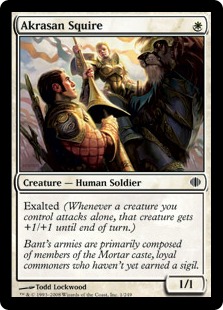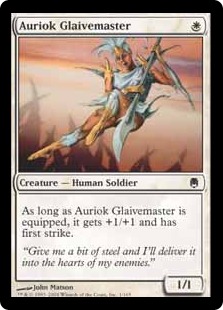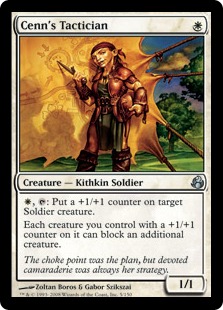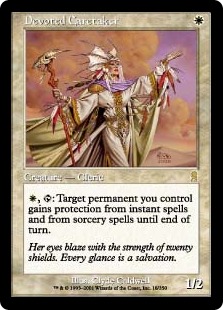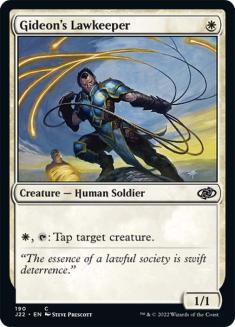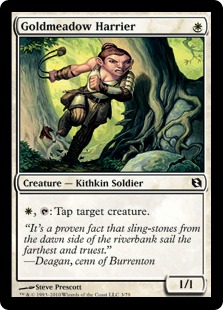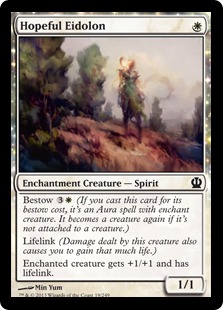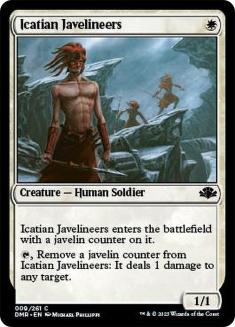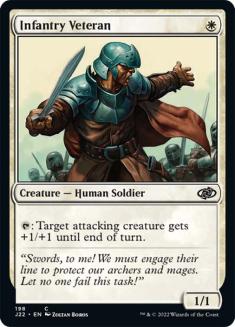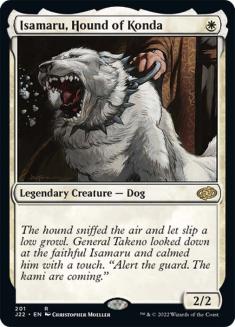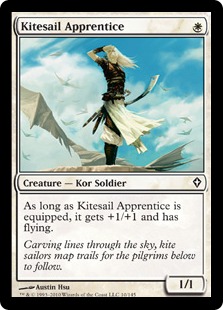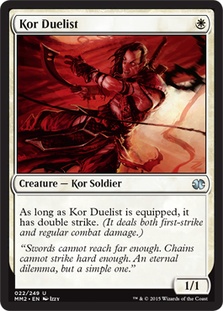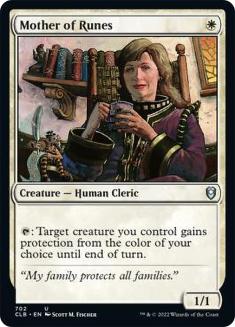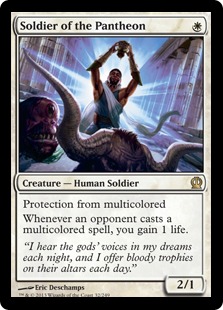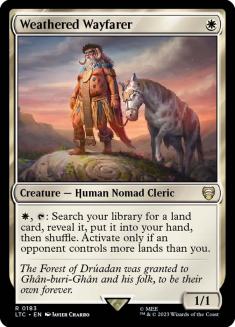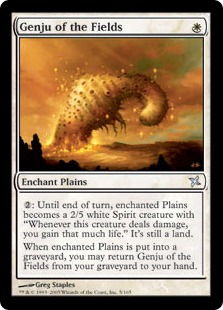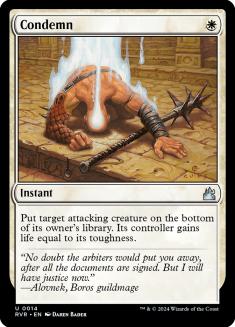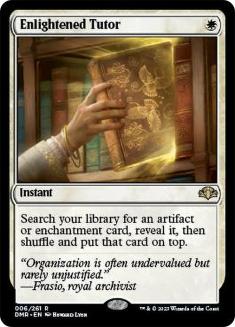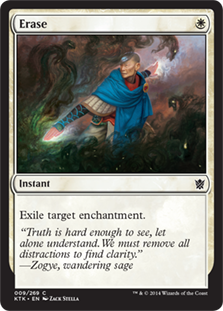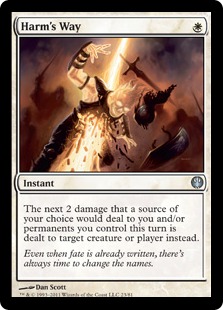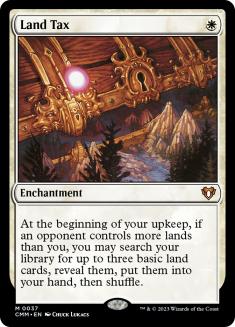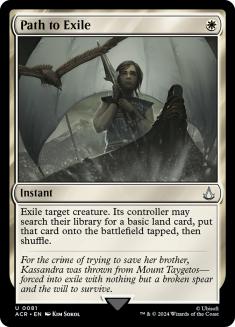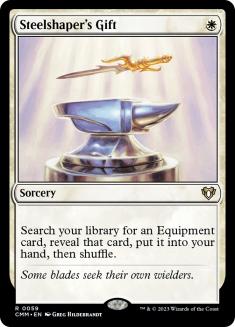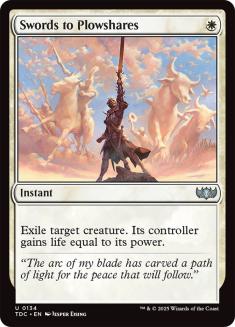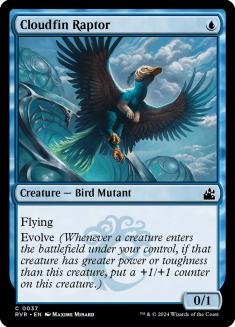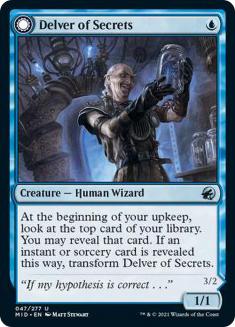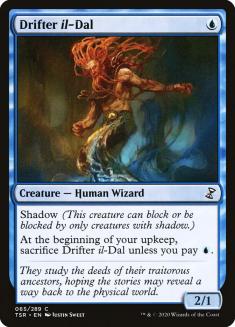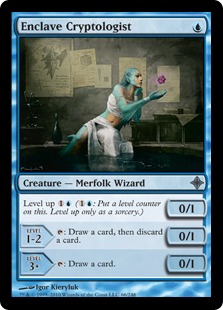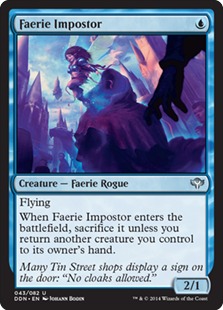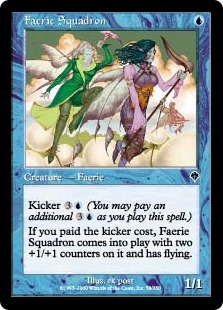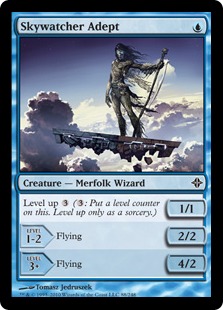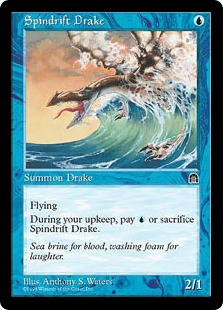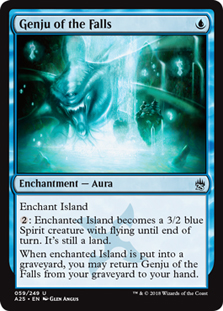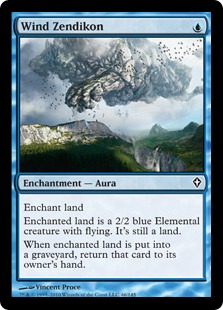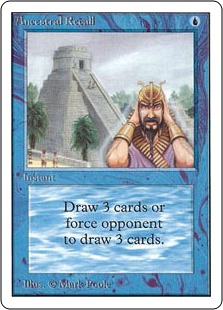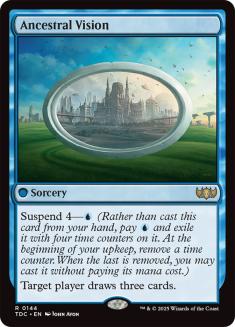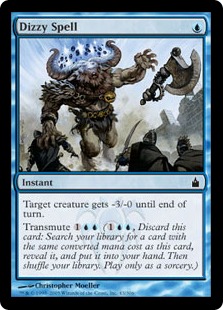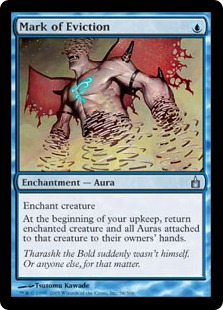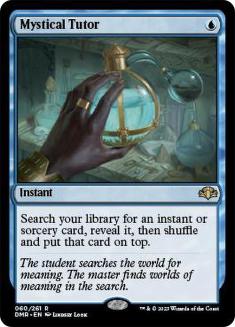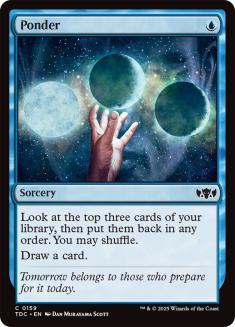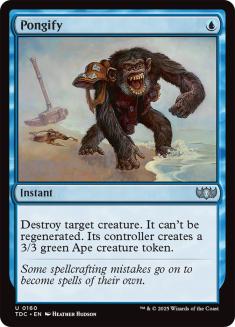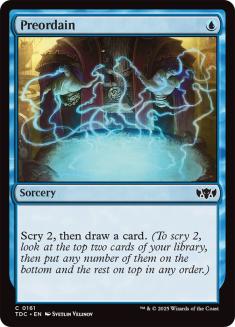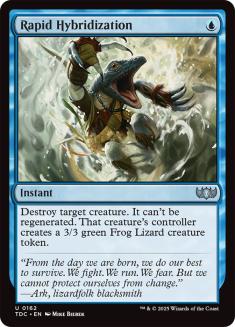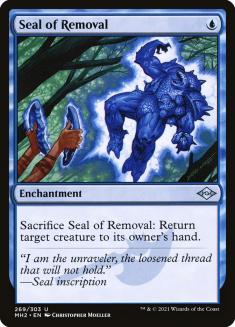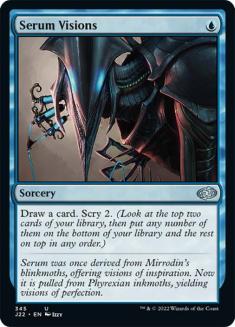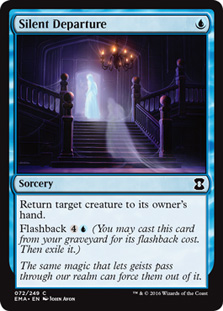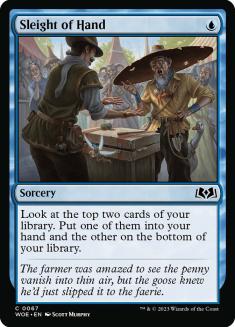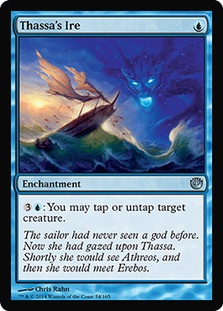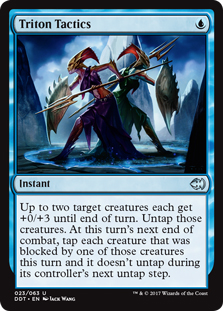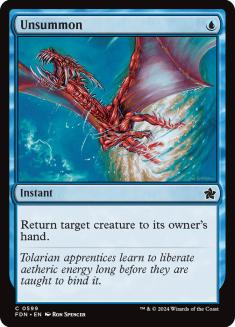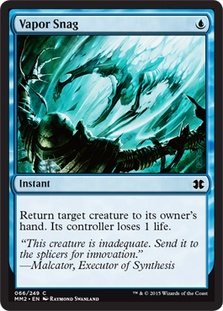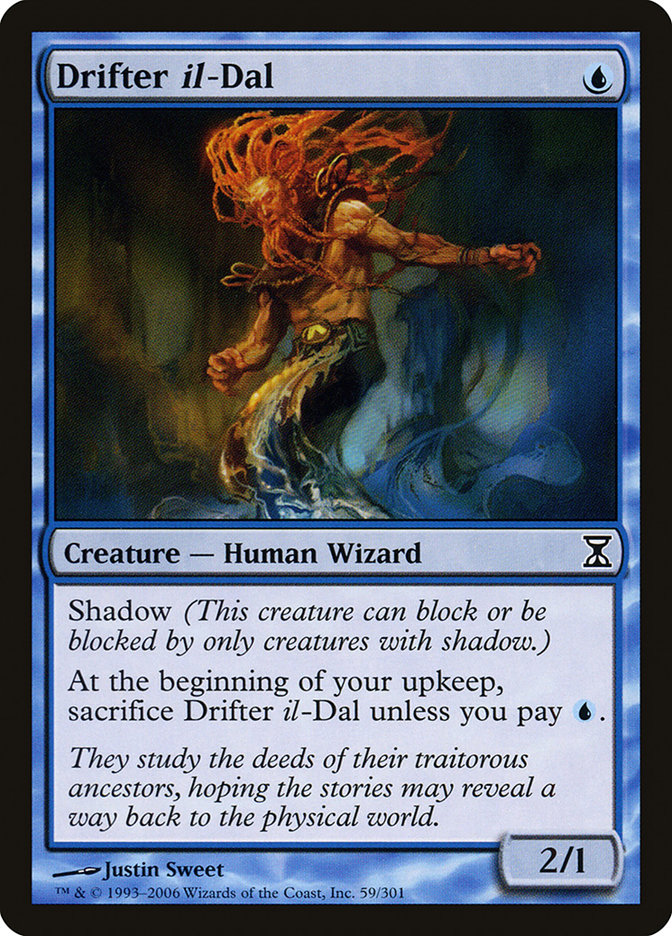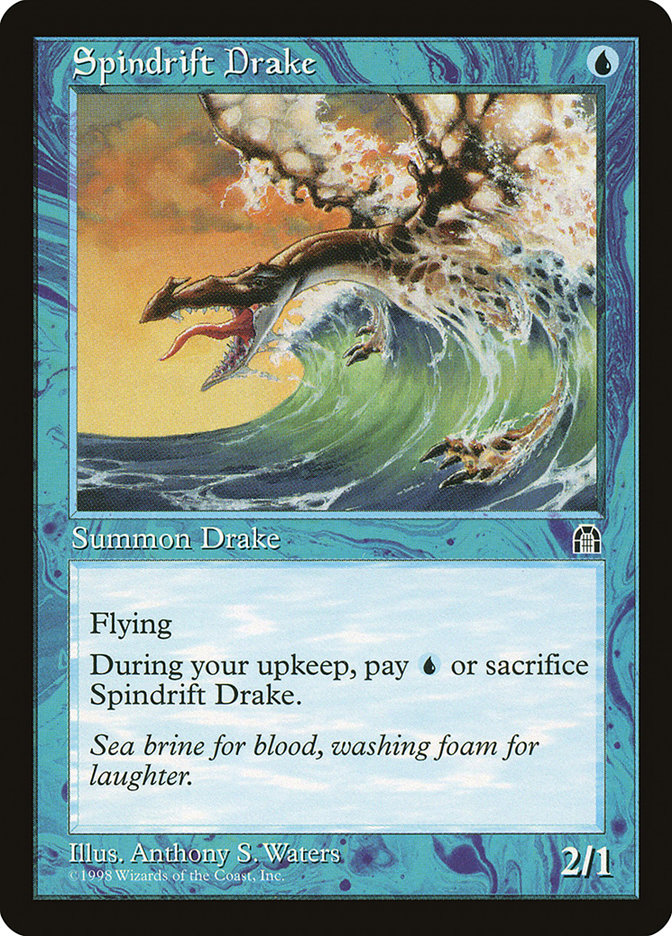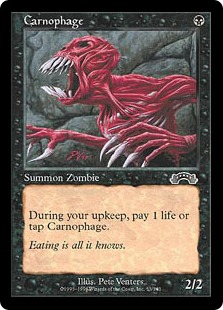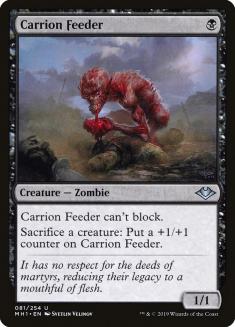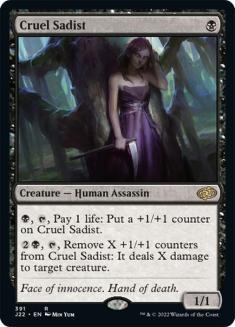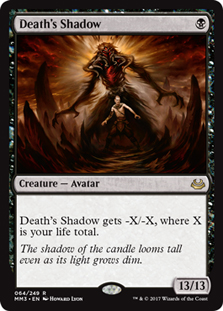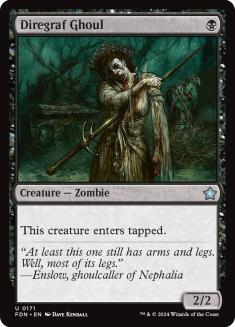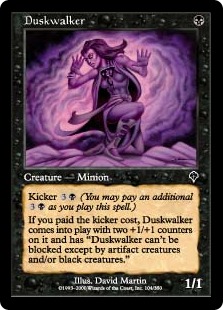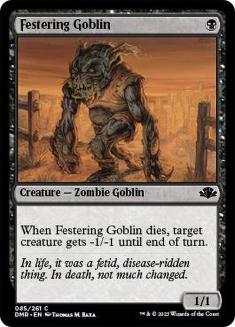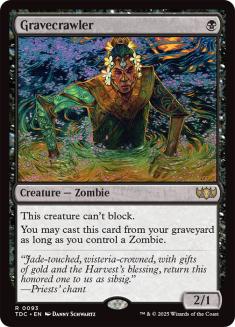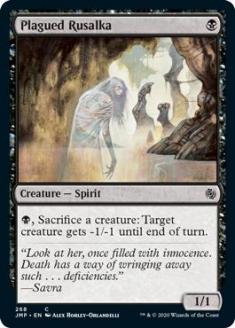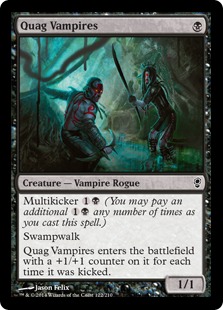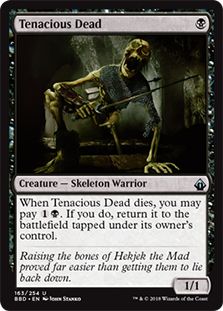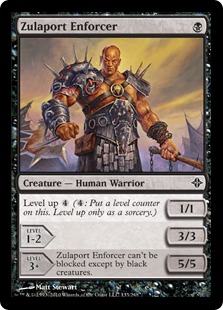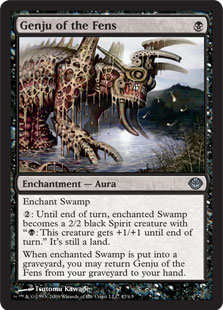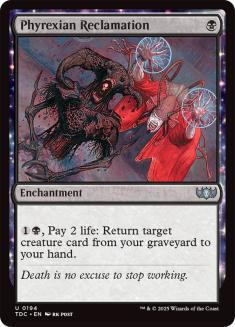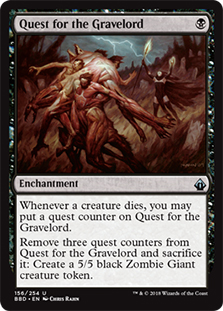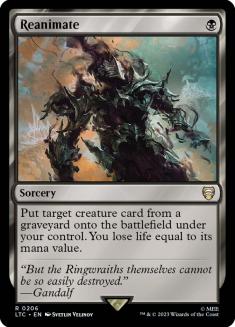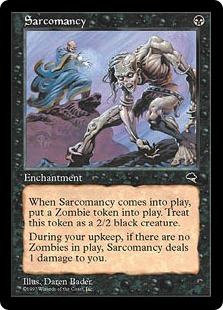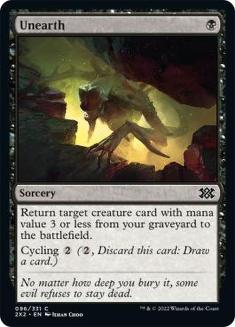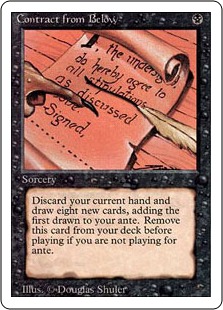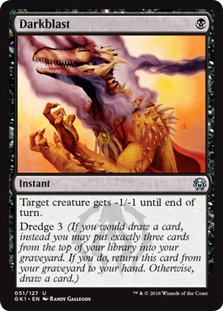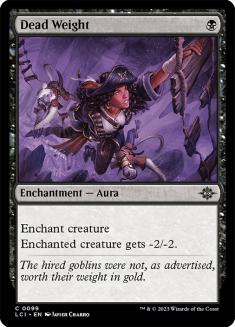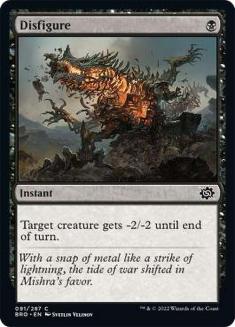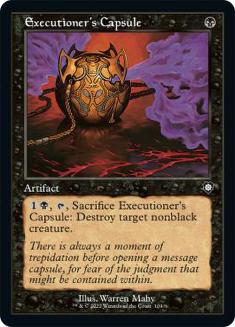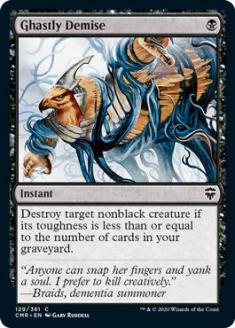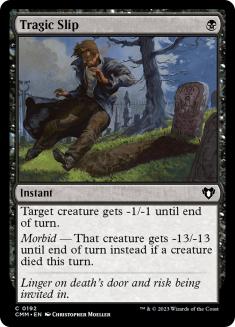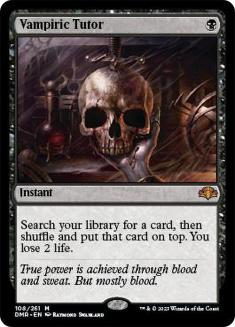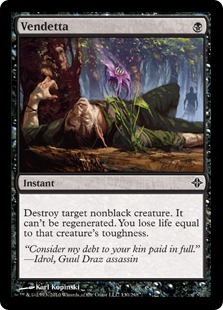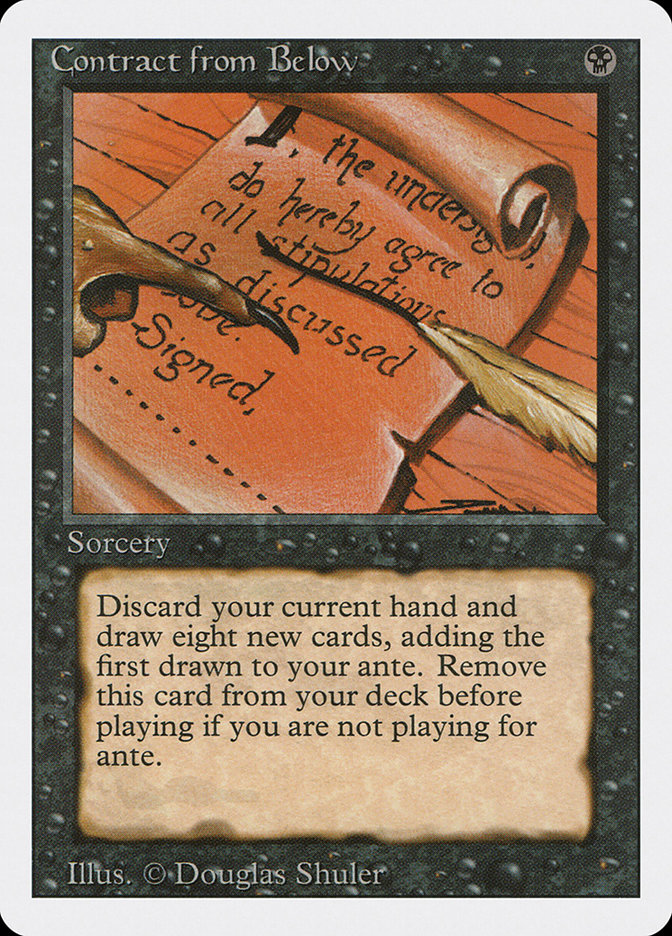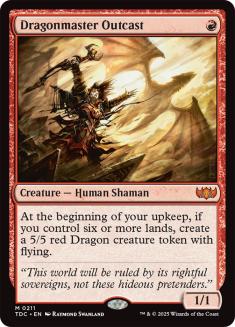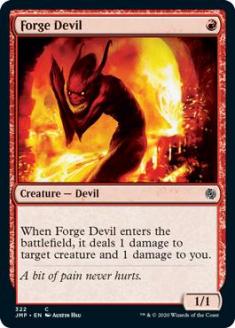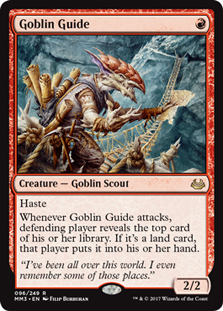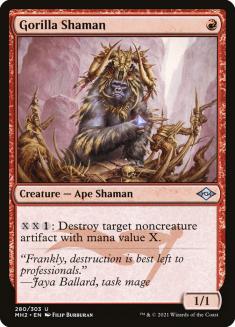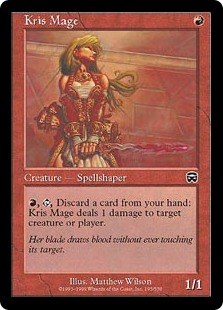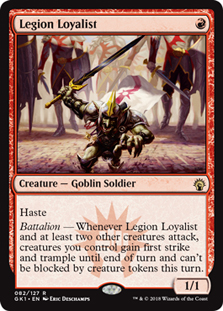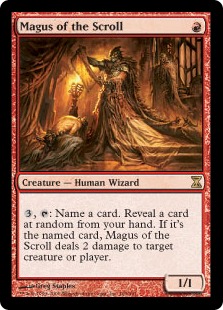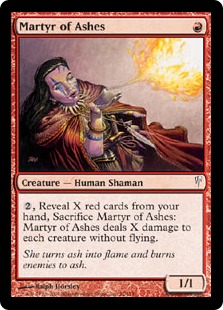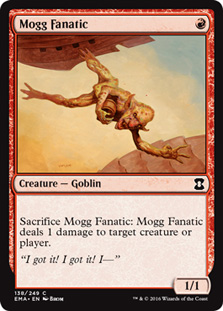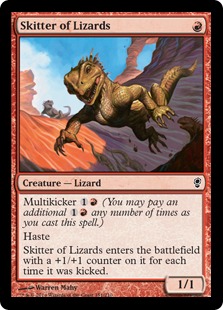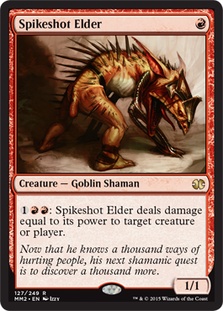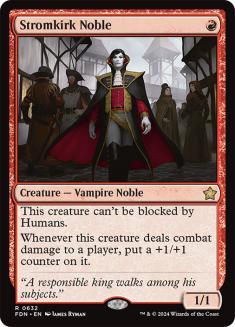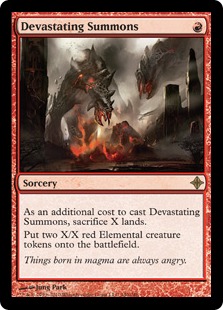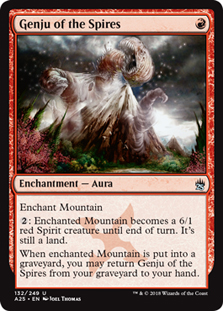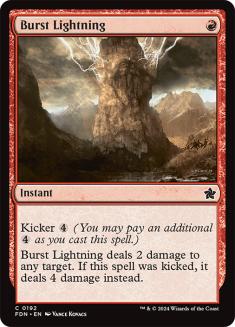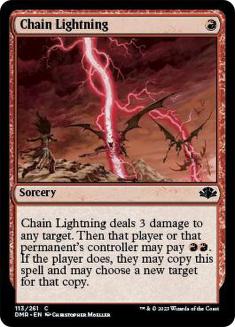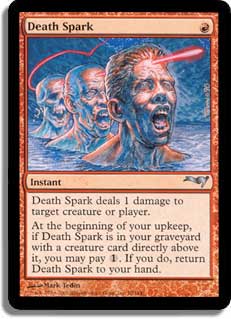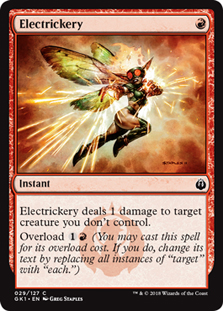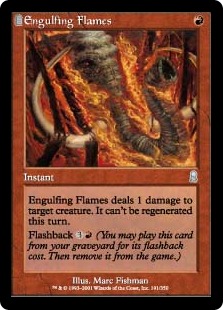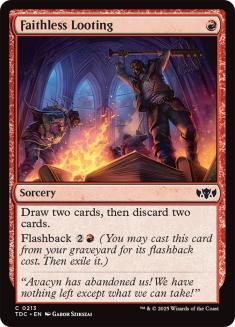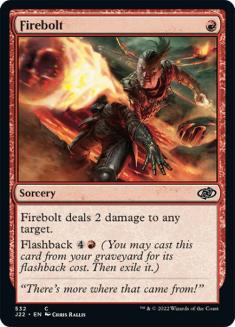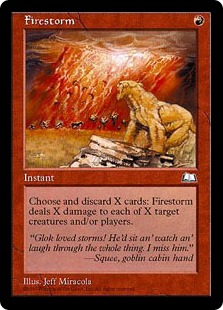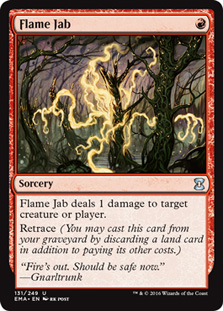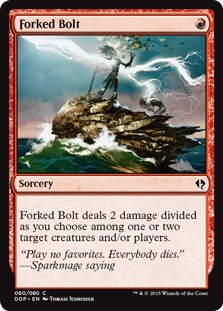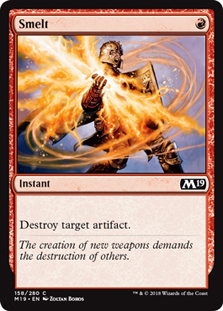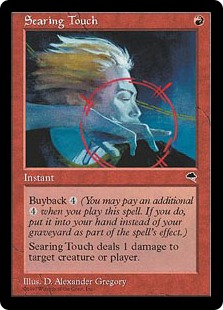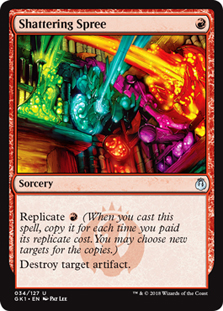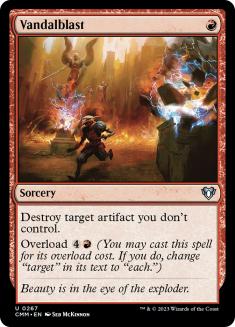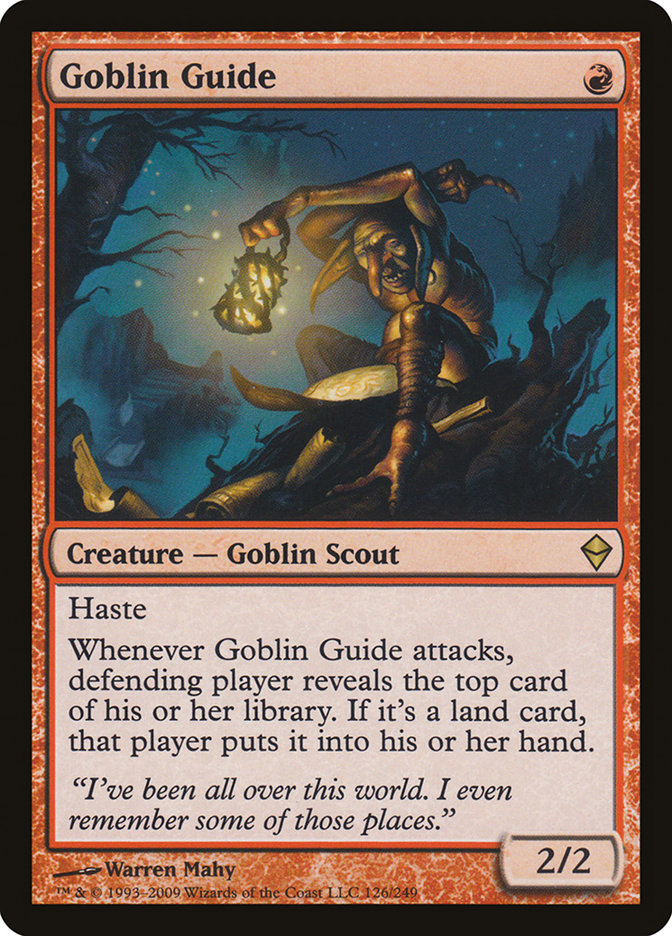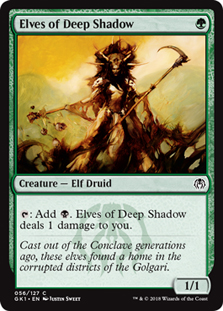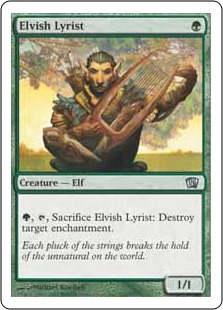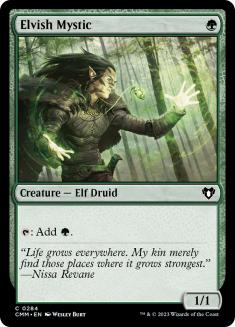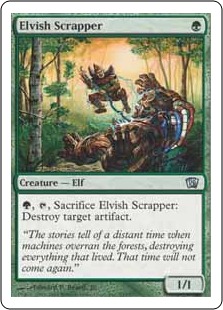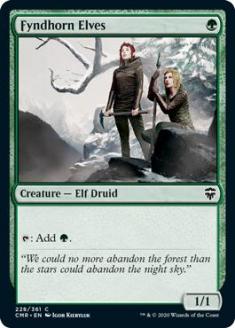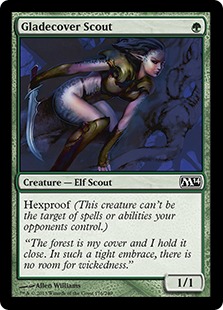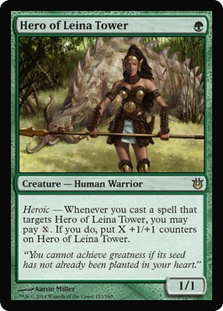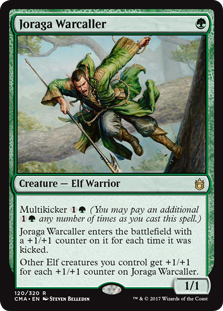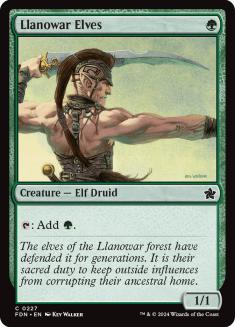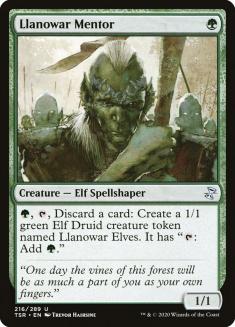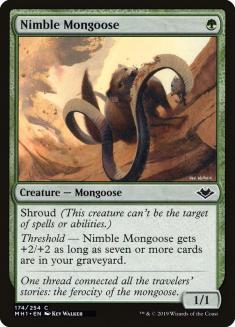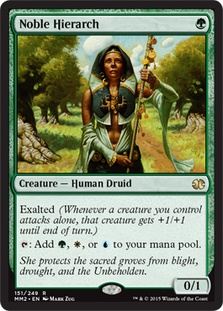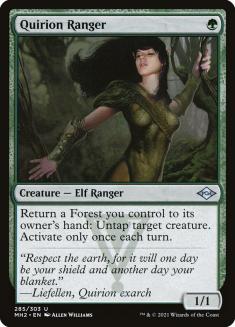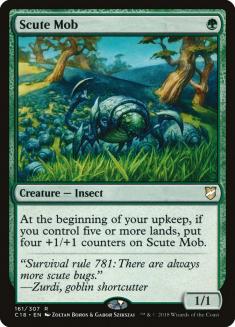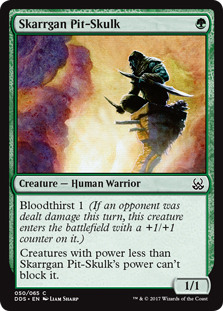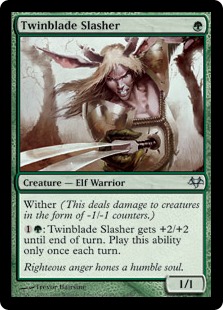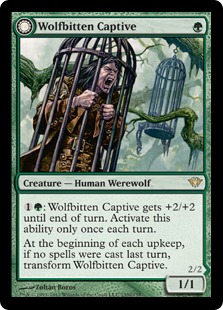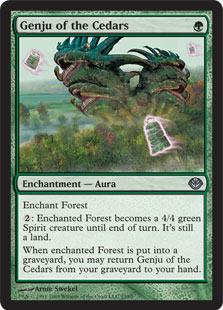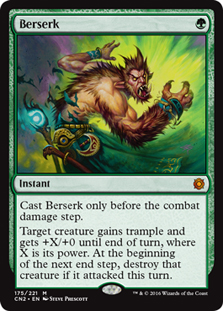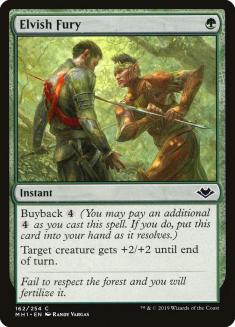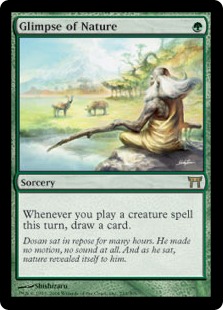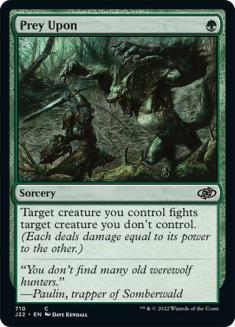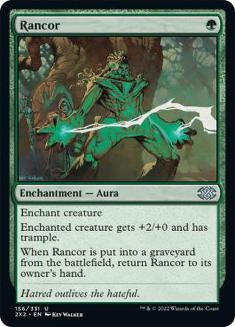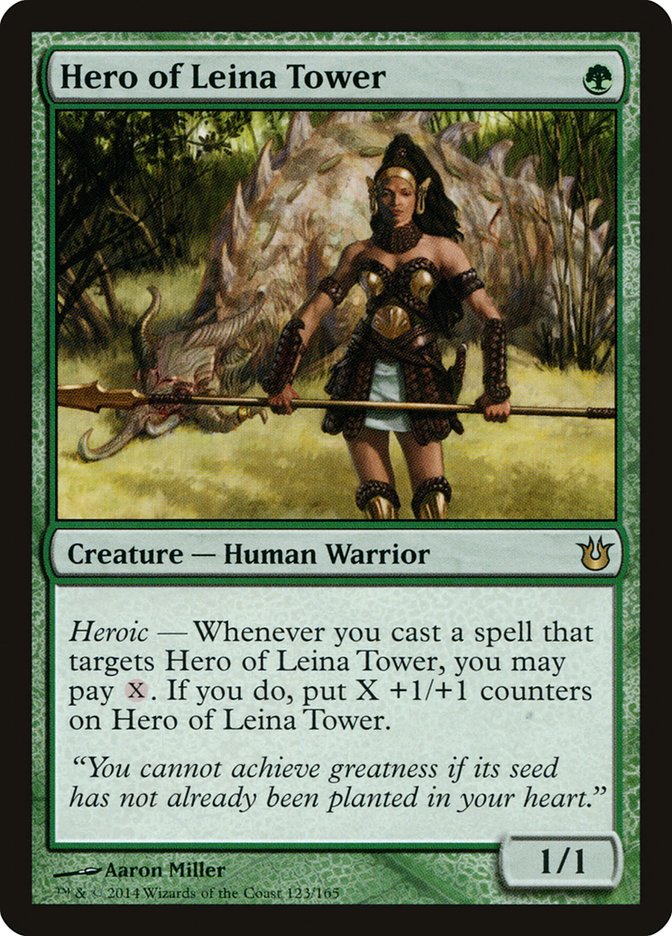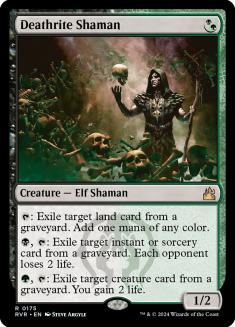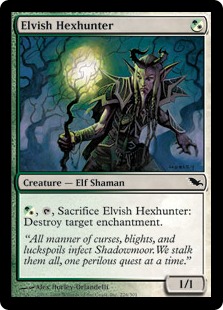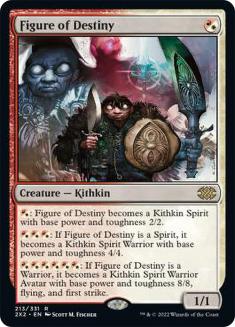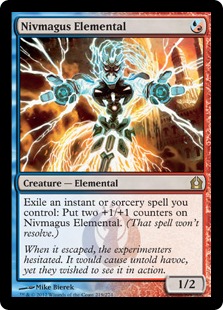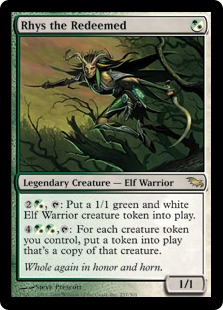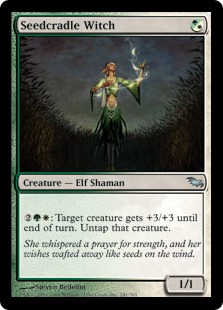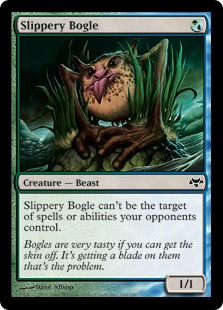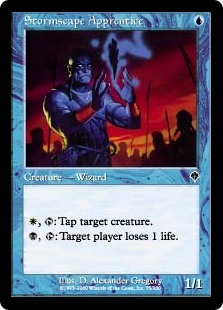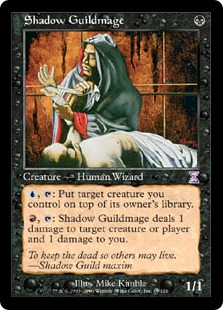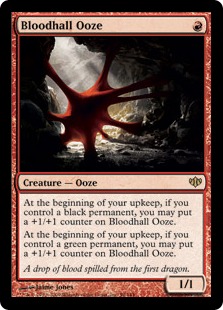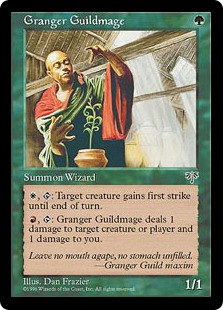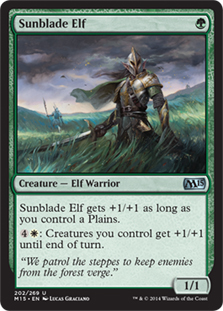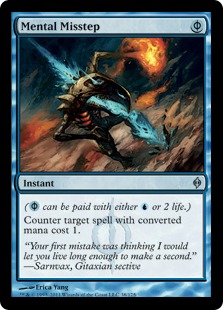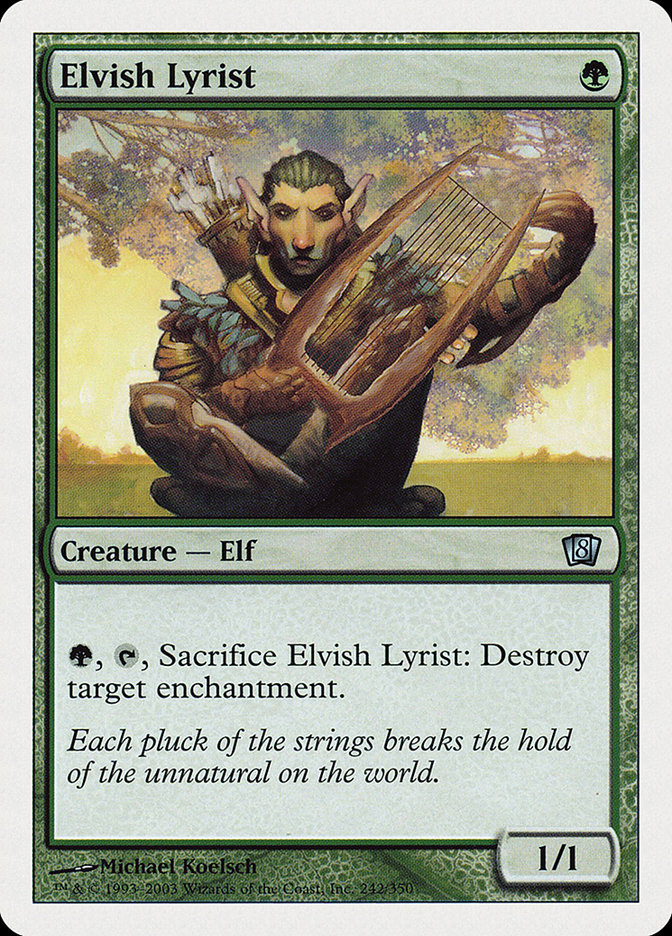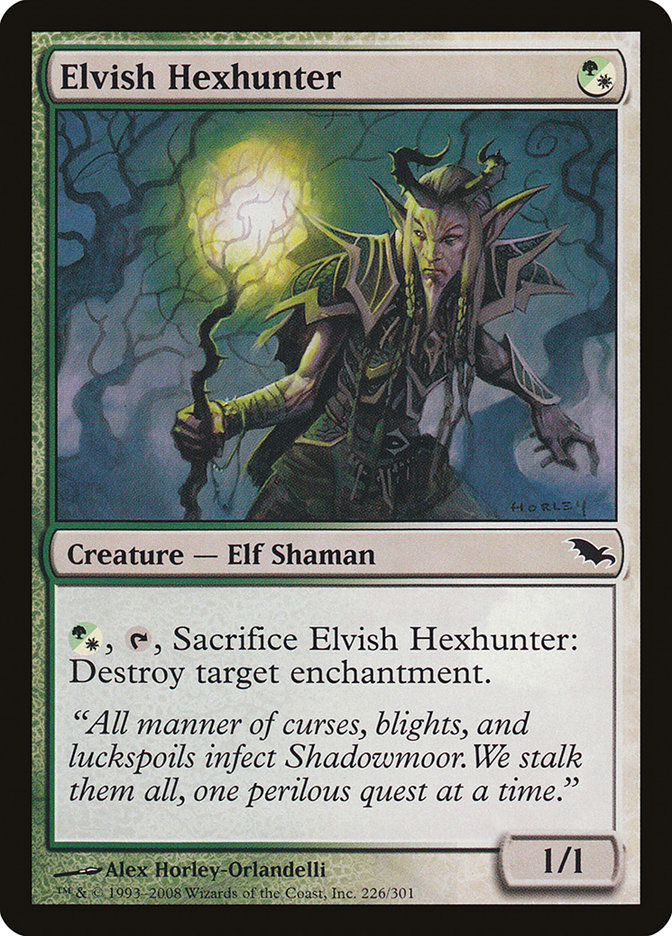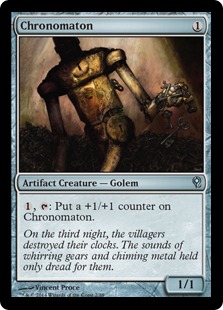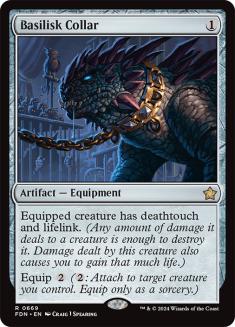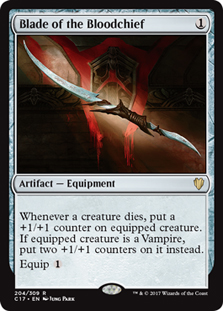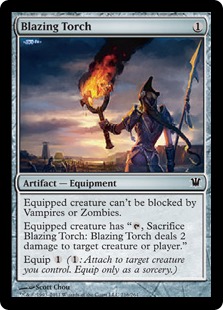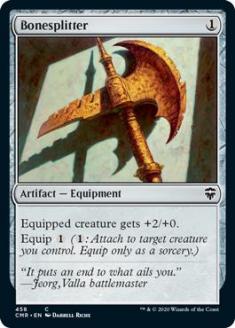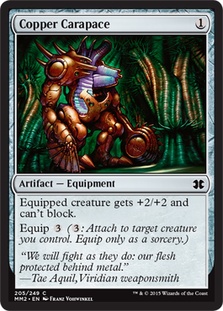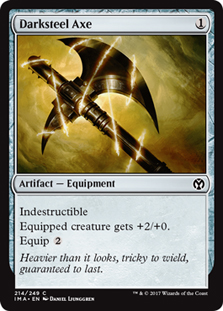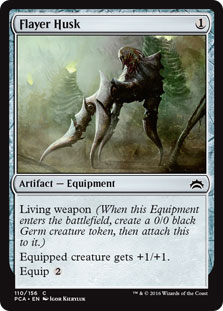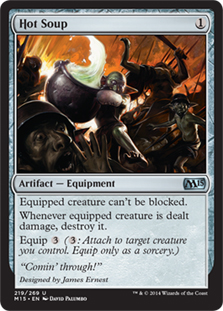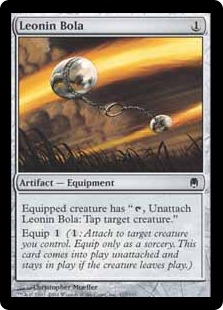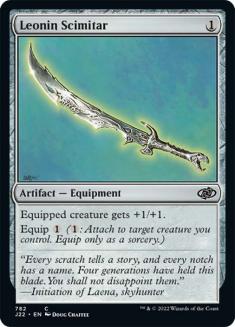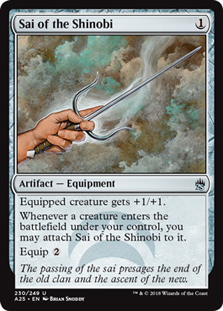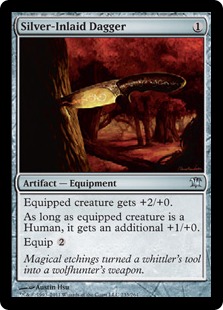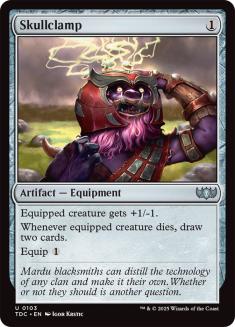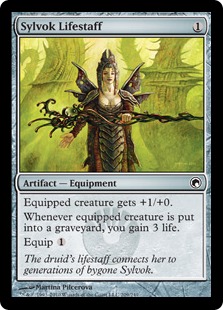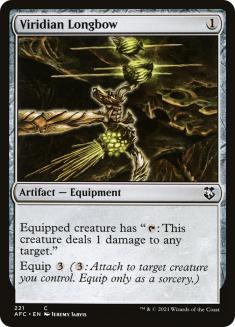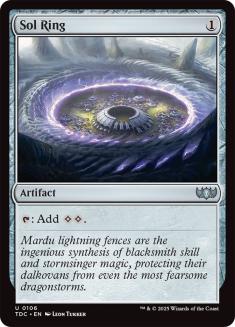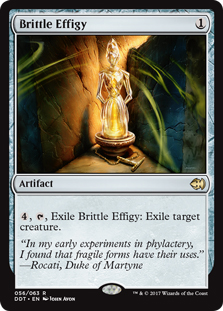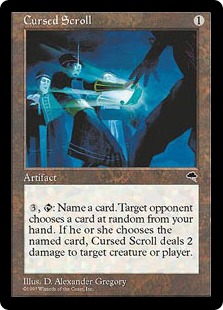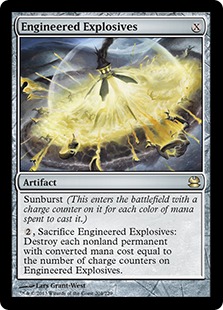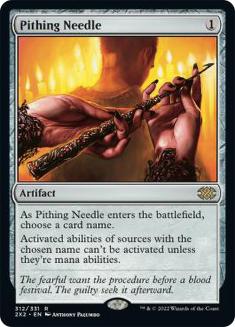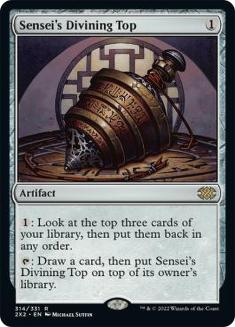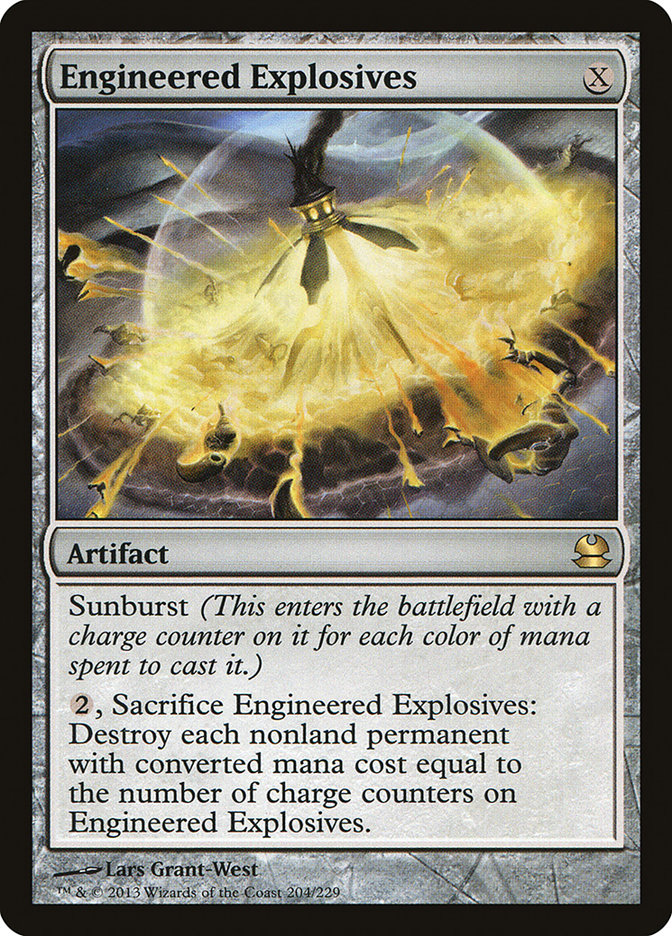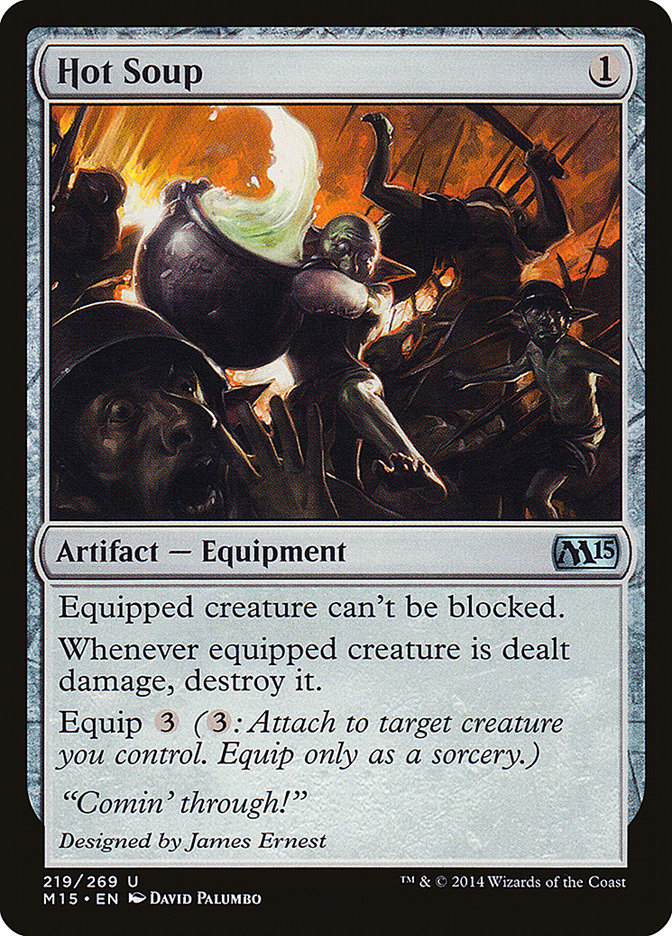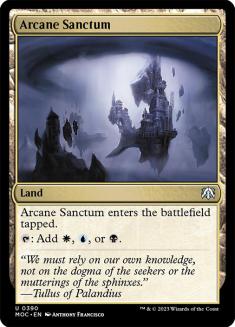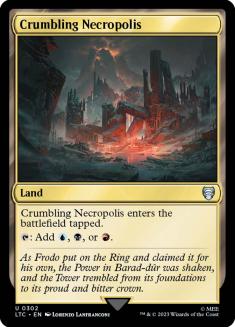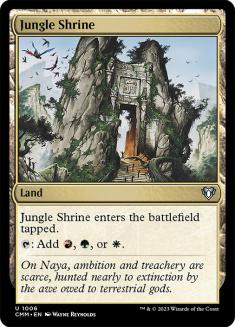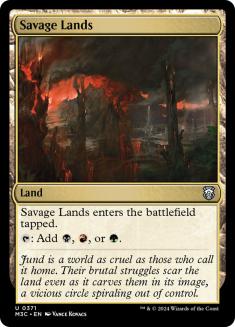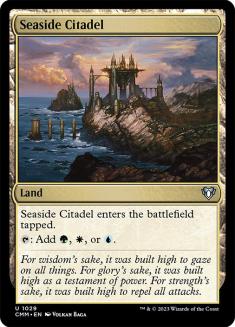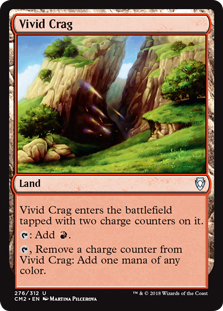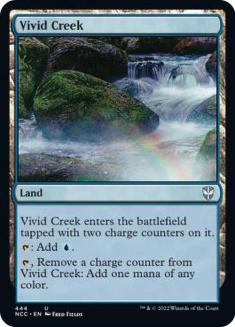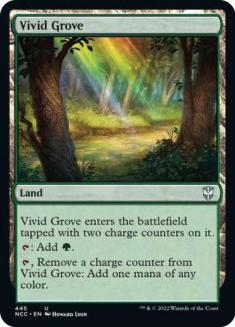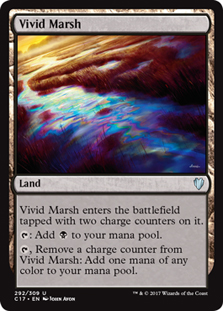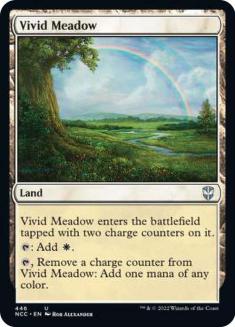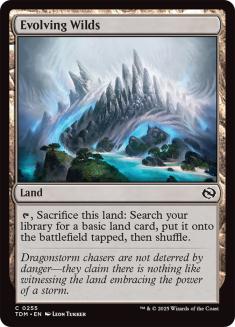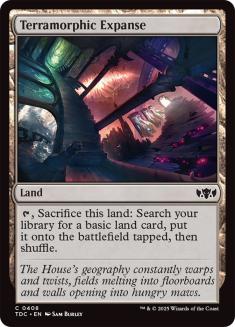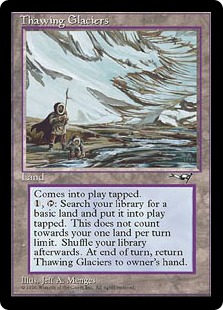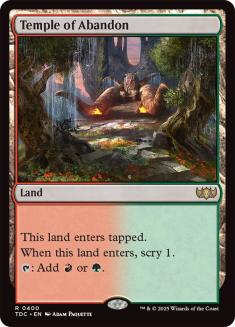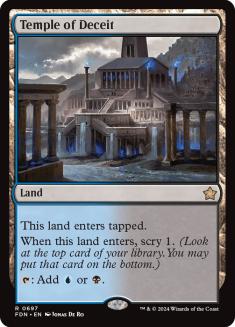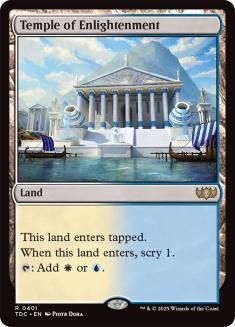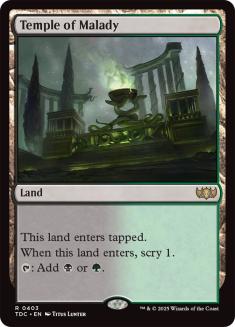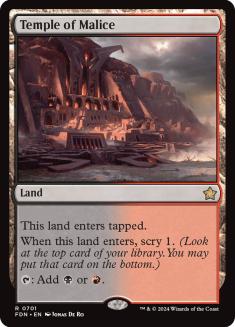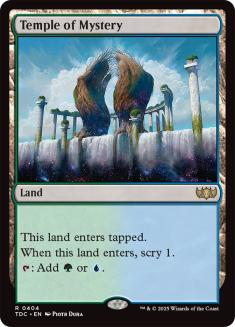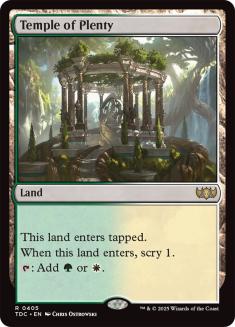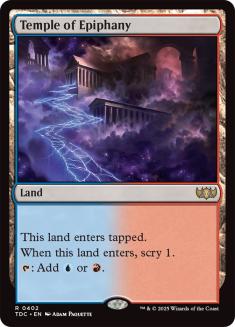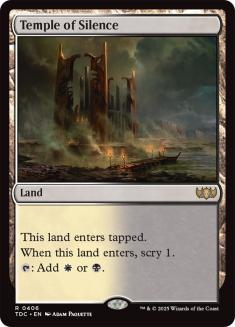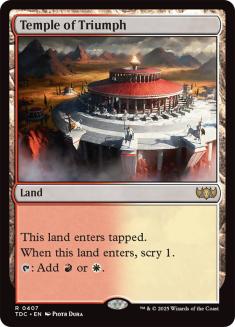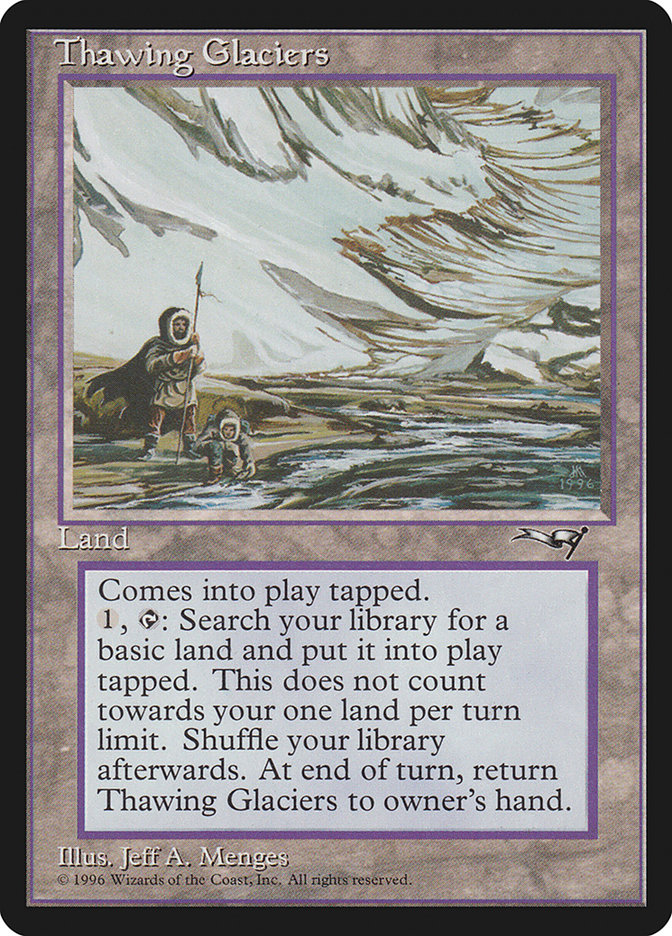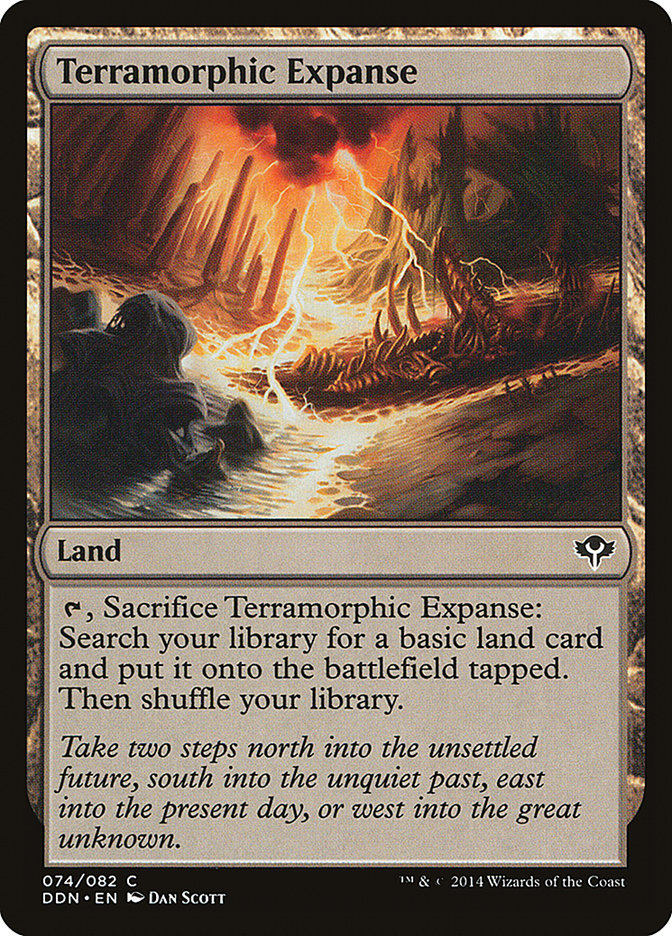Longtime followers of my exploits on Twitter and Star City Games may be familiar with my One-Drop Cube, which I last wrote about here. It’s been a while, but I haven’t stopped
battling with the format or thinking about it. In fact, it’s continued to be a really interesting environment to adjust for!
Before I dive into the nuts and bolts of how my cube is currently constructed, let’s talk about why it’s constructed.
Building the One-Drop Cube
I was inspired to build the one-drop cube while musing about various custom cube concepts. I very much enjoy cube, but the aspect I find most interesting
is the actual building of the cube–creating an inner metagame, evaluating power levels, and correctly deciphering the relevant resource exchanges are all
interesting to balance.
For most people cubes fall into two camps: powered and unpowered. While we’re all aware of what these labels mean, what might not be as readily apparent is
what they are: rule sets. Limitations. Restrictions. The cubes created under these labels operate differently from one another, and within those
differences lie opportunities to create, to innovate, and to explore cards in different ways.
A popular topic of debate is “first picks” in Cube, and one of my friends (I can’t recall who) asserted that Sol Ring was simply overpowered in Cube by
definition–that the nature of a card providing two mana and costing any single mana was good in essentially every deck due to the nature of mana,
especially when evaluating sources of mana in contrast to the concept of card advantage. I began to consider what kind of environments would make Sol Ring
bad? Clearly, overvaluing colored mana would be one way to go, but the goal wasn’t to make Sol Ring unplayable–just to build a format in which its power
level was naturally adjusted to land farther down the curve.
Naturally, the combination of “costing all or mostly colored mana” and de-emphasizing colorless mana in casting costs led right to one-drops. The
limitation was novel conceptually and would call for players to think a little differently about Limited Magic than usual, resulting in a unique Cube
format that offered a challenge. The concepts of mana curve and land counts would warp under such an extreme restriction to the card pool; in fact, I
initially wasn’t even sure whether decks would be playable or interesting. I knew the Cube would be smaller, so I aimed for an experiment that would be
great for Winstons, Solomon, Nassif Draft, and 2v2s.
Fortunately, I quickly discovered the keys to the format actually lay in two of Magic’s oldest tactics: attrition and inevitability.
Format Foundations
Attrition is a cornerstone of Magic strategy. The essential basis of the concept is that you seek to make profitable exchanges of your cards for your
opponent’s. There are lots of reasons to trade cards in Magic–both damage and tempo come to mind–but in the one-drop cube, nearly every exchange is a
matter of gaining tactical superiority rather than racing or outpacing the opponent’s development. After all, when every spell costs one mana, advantages
in tempo are going to be very difficult to sustain for any length of time. Similarly, the knowledge that many of Magic’s premier one-drop spells are
powerful removal effects meant I knew going in I’d either have to seriously curb the number of removal spells or be prepared for a format revolving around
exchanges.
This is a risky idea. After all, if the cards have too flat a power level then the games become rote exchanges decided by screw or flood rather than
players’ decisions in drafting, deckbuilding, and gameplay.
Enter inevitability.
The nature of a format filled by one-drops with access to plenty of removal means that decks will often be able to survive the early turns in spite of
becoming mana-screwed. The vast majority of games will make it into the middle and later turns, which means every deck needs a plan for what to do when you
get there.
Simply drawing more spells than the opponent is one way, and indeed this cube at first glance seems to cater to it–by reducing your land count and
drafting cards that don’t ask for mana to activate and have aggressive stats, you can seek to simply overwhelm an opponent.
However, most Magic players are used to looking for mana sinks instead. In conventional formats, your mana curve naturally provides a way to maximize lands
drawn over the course of the game, but elements such as manlands, activated abilities, and spells with modulated casting costs (X, kicker, strive, etc.)
all provide ways for excess lands to still continue providing players with value.
Including cards that pay players off for drawing additional lands wouldn’t be difficult, as options existed. Before I could start, I had to consider what
I’d be willing to include. Holding to the “one-drops only” rule was important to me, but I also wanted the format to feel honest and faithful to that
restriction. If you do a Gatherer search for “converted mana cost = 1,” you’ll discover a host of cards like Blaze or Feral Hydra, but these spells don’t
feel like one-drops. Contrast them with something like Fieldmist Borderpost, which doesn’t cost one mana on its face but would essentially only ever be
“played” in exchange for paying one mana in the format in question. It’s easy to see that the Borderpost “feels” more like a one-drop.
Considering how difficult true mana-fixing was to come by, I was interested in workarounds like this one. More on that later.
The real question for me revolved around kicker. Should I play cards like Faerie Squadron or Skitter of Lizards, knowing players would, like Blaze and
Feral Hydra, rarely consider casting them for one mana? They certainly would do that so some percentage of the time, but I had to find a restriction for
the cube that suited what I was trying to do.
In the end, I decided to settle the issue with the following rule set:
● To be considered for inclusion in the cube, a card must be most commonly played by paying a single mana or be counterable by Mental Misstep.
Simple and reasonably elegant. Most players who hear this rule can understand which cards do and do not belong on the list of options without further
explanation, which is a sign of a solid rule. It’s intuitive.
There was one last amendment to the rules I wanted to make, however. Earlier, I noted the danger of too flat a power level–the first few drafts out, it
became very clear that the real problem wasn’t a flat power level, it was that power escalated in a pyramid structure with a base many times the size of
the top. While this is normative in conventional Limited, Cube shouldn’t be so divergent. Many games would be decided when one player drew their Cursed
Scroll and the other blanked on the six or so relevant ways they had to interact with it, leading to a very dull game.
Similarly, players would draft cool decks around Joraga Warcaller, Cenn’s Tactician, or Bloodhall Ooze, and simply fail to draw the cards they’d
emphasized, which is common across Magic but again a real disappointment when you’re custom-building a deck for a one-time experience. No one likes
drafting a deck that never “works” even if we accept it will happen sometimes, but I wanted to mitigate it as much as possible because my card pool was
shallow and overpopulated with less interesting cards. As classic as Jackal Pup and Savannah Lions might be, any small cube featuring them is often going
to earn a head scratch, especially when Elite Vanguard and Firedrinker Satyr are both strictly better options in the environment.
The easiest way to ensure players got to play with the cards they wanted and that the card pool wasn’t disproportionate were essentially solved the same
way: shrink the minimum deck size, and shrink the size of the cube accordingly. I’d played WoW TCG for years and some of the aspects of Limited I enjoyed
in WoW TCG, which had 30-card decks, were that 1) you almost always had to beat their best cards, which was a rewarding feeling, and 2) players who weren’t
adept at finding a way to win would often justly fall victim to decking.
This meant I’d want players to be able to find between 18 and 24 maindeck playables, depending on the land counts, so I knew I could size packs down a few
slots but not too many. Currently I like keeping packs deep when playing one-on-one for fun, but in 2v2s you can go down to twelve or thirteen cards per
pack. Currently, I’m only playing enough cards to support eleven-card packs in a 3v3, but I’m hoping Khans of Tarkir Block sizes me up to 216 cards total!
Mana Still Matters
I mentioned above my interest in mana-fixing, and the first iteration of the cube featured the Borderposts alongside Rupture Spire to provide a little bit
of juice. I quickly realized that these cards were very high picks–a mana source that could play every spell in your deck really cut down on the total
number of lands necessary to ensure you played Magic at all. To that end, I amended my interpretation of the rule to include lands that enter the
battlefield tapped–when compared to basic lands, these lands all essentially cost a mana but in return offered something the format really needed.
I was very careful, slowly adding the Invasion uncommon cycle, then the Shards tri-lands, and jumping to Vivid lands once I realized these cards really
served to make deckbuilding more interesting and all games more fun. When Theros added Temples to the mix I knew they’d be superstars, and I’m similarly
thrilled to see Khans of Tarkir debut the wedge tri-lands! Lands like these add a lot to the experience by making it easier to play the cards you want and
creating bizarre synergies across colors. Most decks are two colors with a small splash, and it’s thanks to the lands being potent fixers but mostly free
to play.
I also talked about land counts above. I’ve played decks with land counts ranging from seven to fourteen in the format, and a lot of it depends on your
tactics. If you’re planning to swarm someone out Sprout Swarm-style with Lab Rats, cards like Sol Ring get a lot better, and you’ll want those excess lands
(and perhaps a spellshaper or retrace effect to dispose of them). Equipment and Genjus tend to also require a little more mana production than most decks.
Conversely, the green decks can often access a few Elves, enabling them to trim way low on lands.
As players became more experienced with the format, the nuances of each color (and its partners) became more obvious, and land counts stabilized. I’m
satisfied that it remains an indefinite and variable deckbuidling aspect, in contrast to most Magic Limited formats where players simply hedge somewhere
from fifteen and eighteen.
So, let’s get to breaking down the colors!
White: 26
White has a very combat-centric theme. Cards like Order of the Stars began in the cube, but I’ve since shifted the role of White to be very aggressive.
Many of the cards improve around equipment, and I don’t just mean the obvious ones like Kor Duelist, Kitesail Apprentice, and Auriok Glaivemaster. Exalted
functions excellently alongside both flying and equipped beatsticks, with Infantry Veteran doing a solid Akrasan Squire impersonation.
There’s also a Soldier sub-theme. Champion of the Parish very recently left the cube, as becoming large wasn’t working out to be an effective ability, and
I didn’t want to run the excess brick Humans to make him more reliable. I’d rather pay my dues to some control-style cards like Land Tax and Weathered
Wayfarer, which promote a little bit of deck diversity for the adventurous white mage.
Hopeful Eidolon has only recently joined the team, but I think “building a Baneslayer Angel” is attractive, and I’m certain the card will be excellent
alongside the hexproof creatures we’ll see later on.
Enlightened Tutor (and its better brethren, Vampiric Tutor and Mystical Tutor) are all in the cube together again for the first time in a while. I’m most
comfortable with Enlightened Tutor’s return, because of how excellently it reflects upon White in this cube thematically. The rest may prove too strong.
Blue: 28
Blue has been a difficult color to pin down. Early iterations had the color an unplayable mess, with people essentially splashing the truly good cards and
ignoring the rest, refusing to draft actual blue decks. I fixed that initially by making blue into a mill-focused color.
Surprisingly, these decks were actually really good; in fact, Ancestral essentially became uncastable on oneself and mill decks would frequently employ it
like a Fireblast-style finishing move. For a time, I went back to forty cards just make sure that mill wasn’t too powerful, but the issue wound up being
deeper than that: they just weren’t fun. Most people would draft them a few times and then lose interest, and the chore of siding in extra spells got
exhausting for opponents. I decided I wanted to try and get Blue that tricky tempo-centric feel it has in most Limited formats where it’s not a combo deck.
I’d tried out the “stone rain” attackers Drifter il-Dal and Spindrift Drake before, but it wasn’t until recently that I became a big fan of the skies plan.
Part of this was experience drafting the deck, and part of it was also culling down Red’s insane burn suite a little bit, enabling smaller creatures a
flying chance. The last two blocks really added some solid options to Blue, and I’m particularly looking forward to seeing how Thassa’s Ire turns out.
I’m also hoping the tutors I added just make blue decks slightly better by giving them more consistent access to their best spells, artificially raising
the power level of blue decks in general.
Black: 29
For men of distinguished tastes who love a bit of value. Black has some creatures that are traditionally regarded as offensively-minded, such as Carnophage
and Sarcomancy, but they’re really here more to promote the Zombie theme powered by Gravecrawler. Plagued Rusalka and Carrion Feeder make the little guy
into serious business, and Tenacious Dead is a poor man’s substitute when available. One day, I hope there may even be enough cards to justify adding
Entomb to the mix!
There’s more graveyard recursion going on than just the Zombies though. A number of reanimation effects ensure that whatever color you pair black with
gains significant redundancy going long. Most black decks are control decks and tend to employ higher land counts because all of their most powerful
options get better with more mana.
Contract from Below might seem crazy to play–and it honestly kind of is–but with 30-card decks and difficulty breaking through defenses, it can actually
be very dangerous to lose eight cards from one’s library. I would guess players casting Contract deck at least a sixth of the time and possibly as high as
a fourth, so the card has a little more play to it than it seems at first. That said, with the tutors having joined the cube I have grown more wary, and it
may prove to no longer be as fun.
Red: 30
Like Black, Red is one of the cube’s primary control colors. The efficient burn spells that make it so aggressive in normal Magic are excellent removal
spells, and Red also has access to the format’s few sweepers in Martyr of Ashes and Firestorm, while the pingers and the multitude of burn spells with
graveyard effects give it consistent ways to generate card advantage.
I’ve only recently been convinced to add Goblin Guide back in, but he’s really not that in-flavor, and I suspect he’ll leave after I prove to myself that
he really doesn’t belong. Most of the aggressive creatures provide some form of evasion or additional benefit for playing them, such as bigness. Goblin
Guide is also actively bad in a deck trying to make lots of trades. He may be at his best as a 2/2 blocker, which is unexciting to say the least. Still, a
friend who drafts Red a lot thinks he’d like one more decent beater, so I’m giving him a chance; I’ll likely award the slot to Firedrinker Satyr instead.
You may have noticed the quantity of cards in each color varying; there is a balance, but it has been skewed to enable the most functional play. In Red’s
case, I’ve given it extra playables because players so frequently splash its spells, and I wanted to ensure the red mages had enough playables. I may need
to increase Red’s total ratio a bit more as I size things up, in fact.
Green: 26
I’ve removed a lot of green’s more vanilla beatsticks, like Rogue Elephant and Scythe Tiger, in favor of emphasizing creatures that encourage drafting
synergy-laden decks. Green’s the go-to midrange color and has some cool combos. I might have cut Blade of the Bloodchief ages ago if not for Warcaller, and
I’m really hoping to get one more piece of paydirt for Elves at some point.
The other side of Green comes from a more eclectic but durable offering of attackers. Nimble Mongoose is every bit as frustrating as he can be in Legacy,
especially thanks to a few ways to gain exalted. Gladecover Scout and Slippery Bogle (see the next section) are often the core of a green deck’s offense,
enabling you to draft tons of equipment and build a nigh-unkillable creature. Skarrgan Pit-Skulk is easier to beat but can be very deadly as well.
Amusingly, Scute Mob is quite bad in most green decks because the mana elves mean less lands. He’s often splashed into black and blue decks, much like
Tarmogoyf in Constructed!
Hero of Leina Tower is on the watch list for cuts. I personally really like the idea of teaming her with a red deck that can use Death Spark or Flame Jab
to supersize the Hero, but there aren’t many ways to do so in Green (though the ones that exist are great spells for the job).
“Gold” Cards: 14
Certainly a liberal interpretation of multicolored! These spells are a bit different in that many of them are easier to cast as opposed to harder (hybrid,
Phyrexian mana), but some do include activated abilities that specifically strain mana bases. I decided to sort them separately because it was really just
the easiest way to track their growth and the actual balance of colors in the cube.
One of the reasons I run less white and green cards than the other colors is that these two colors have the highest concentration of gold cards. While the
previous numbers may have made them seem shallow, you can now see each are easily among the cube’s deeper colors, but unlike red, most players won’t splash
for a large percentage of your playables.
I run a tight ship on gold because I want mana-fixing and good deckbuilding to matter. I love Wax/Wane, and I think Noxious Revival and Gitaxian Probe are
cool, but the less freerolls the better. The cards included here are all ones I specifically want to ensure people can play with. The one exception may be
Elvish Hexhunter; it’s very difficult for me to justify cutting it without cutting Elvish Lyrist first, but Lyrist is so much prettier and has a little bit
of classic Magic to it. Considering the strength of the Genju cycle, erring toward more answers over less is also not a bad thing.
I haven’t gotten to play with Sunblade Elf yet, but I am looking forward to it.
Artifacts: 22
It’s a bit like a “who’s who” of Constructed-level artifacts from the modern era! I knew I’d be including all the big names, as one purpose of the cube was
to show off how such cards might function differently in a heavily altered environment. Many of these are simple equipments, necessary for White’s theme
but perfectly playable alongside Blue’s evaders, Black’s tokens or Zombies, and Green’s hexproof dudes. I’ll admit Red rarely wants for equipment, but
hey–can’t please everybody!
Sai of the Shinobi is probably the most frequently underrated piece, although many players also forget that six mana, two creatures, and Viridian Longbow
is still quite the whooping.
The card that earns the most complaints in the cube is actually an artifact, and I do consider it the best spell in the cube: Engineered Explosives.
It’s the ultimate punisher spell, and it’s even capable of being pushed past Mental Misstep when you’re savvy enough to do so, and it does blow up board
states that may seem otherwise impenetrable.
This is in fact one of the reasons I support its inclusion!
Having a card with such a totally unique and destructive effect is the best way to introduce a little conservatism. Firestorm and Martyr of Ashes are both
too awkward to serve this role and also only matter against decks with red mana, but Explosives could come at any time. In team drafts, it creates an
entire subgame as the team without tries to solve which opponent has it. It’s relatively difficult to use Explosives to kill someone on the spot, though
the advantage gained may be too significant to overcome, but on the occasions when someone does have it, it seems more cool than broken. It’s also one of
the few spells capable of breaking up Lab Rats’ defense or Devastating Summons, which is nice as well.
In short, I think knowing there could be a sweeper creates a healthy effect on competitive gameplay. Without Explosives, the format would rarely punish
simply throwing your hand on the field and sorting things out later, and I like diversifying the experience in this way.
I haven’t added much new stuff lately, instead I’ve been simply trimming the chaff. Hot Soup is the only recent add, but I think it might be a good one.
It’s perfect for the hexproof decks, and I could see white enjoying landing it on one of their guys as well. Plus, it’s a great design, and I always hope
cards that look like fun work out, so I’m giving it a chance.
Lands: 23
I’ve kept the lands tight, and in fact, plan to retire Vivid lands for the new tri-lands when they come out before evaluating if Vivids will be part of the
move to 216 cards when the time comes.
I have included a few “fetch-like” lands here, because I want to give players the opportunity to do their thing with Brainstorm and Top and so on. I’ve
considered cutting these down and including the Mirage cycle instead, but given that these are the more powerful lands, I’ve stayed on this path for the
time being. I could see adding them on in addition, but that’s a lot of fetchlands for a format without duals. Jwar Isle Refuge would probably be better
than Bad River in most decks, and I’m not interested in running those as I find them pretty dull.
I’m sure some of you are wondering about my stance on manlands, given the above, and my current stance is that they are a non-starter. Celestial Colonnade
would be a completely warping presence in the format, and the others would also be among the best creatures in their colors. If the cube sizes up further
or I feel a need to really shake the metagame, I may try out a few, but even Faerie Conclave sounds too strong, honestly.
For now, I’m sticking exclusively to lands that fix mana, outlawing things like manlands, Keldon Megaliths, and Oran-Rief, the Vastwood. I think those
latter two are on a more appropriate power level than most manlands, and if Wizards winds up making similarly strong but not insane options in the
remaining colors, I’d be open to considering their addition. Cathedral of War is also on my short list for cards I’d like to add if those sorts of lands
become an option. I could even be persuaded to give Rustic Clachan a pass given enough time to think about it.
I have debated the cycling lands, but they’re much more interesting cards in more normal Magic Limited formats.
Stay Updated!
I keep the One-Drop Cube updated via GoogleDocs, so if you’re interested in bookmarking the list or being able to see when I make notes or changes, feel
free to check out this link. My
plans for the future currently involve getting this cube up to 216 cards so that it can more reasonably support six players, and a related variant I may
explore is actually dividing the cube into “sets” in order to condense the thematic options more predictably. That’s probably a ways down the road,
however, and it may not even prove interesting or tenable… especially if no one starts making colored Perfect Fits!
I hope you’ve enjoyed this walk on the weirder side of cubing. I’m planning to be back next week with some Constructed chatter, as I’ve been battling with
some new decks in Modern and Legacy (U/W/R Burn and Death and Taxes, respectively) and will be able to share my collected thoughts on them soon. Until
then!

